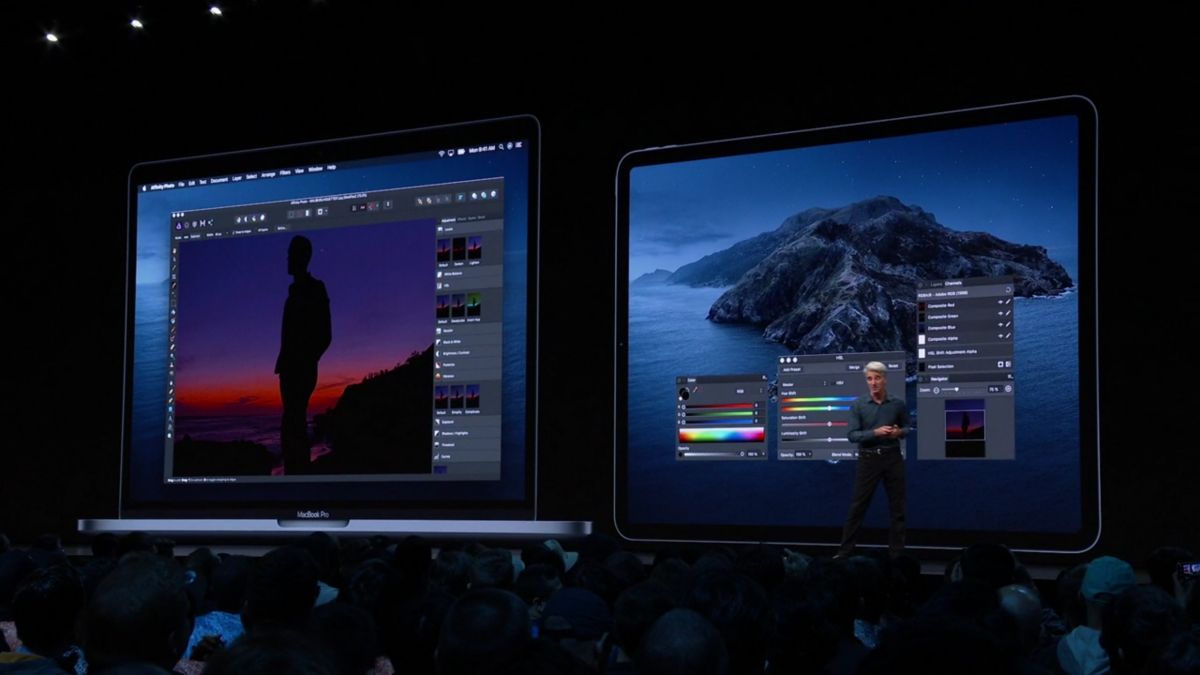Apple explains that the feature works by monitoring the change in a battery’s heat level history and charging patterns. Based on this, it may reduce a battery’s maximum charge based on your usage of a MacBook. This gives the MacBook’s battery a longer overall lifespan, at the cost of a slightly shorter battery life per charge. If you don’t like the way it works, Apple says you’ll be able to turn the battery health management off. You will be able to do this from the Battery Health section of Energy Saver, under System Preferences. The feature is turned on by default.
While the battery health management means that your MacBook will need to be charged more frequently, it still means you’ll be able to delay when you need to get its battery replaced. And this can be good, simply because the battery of a MacBook is not user replaceable. MacOS Catalina is currently in its second developer beta build. Apple has yet to release details of a public beta version. (Source: Apple via CNET)
